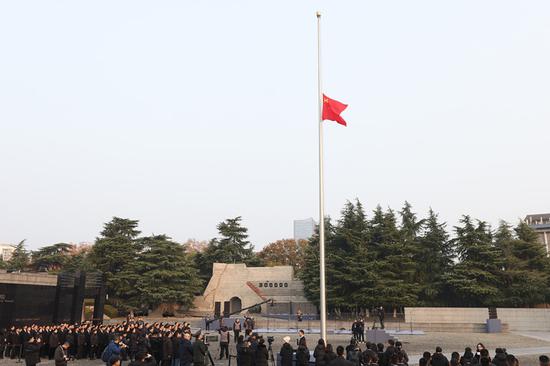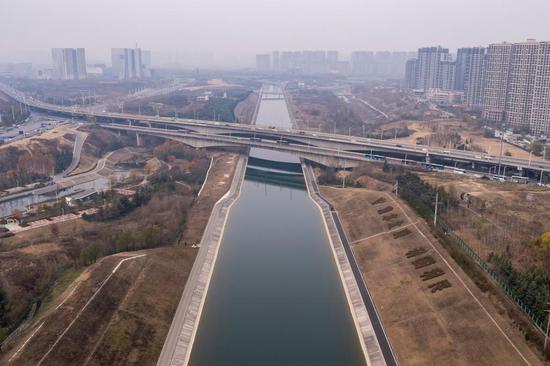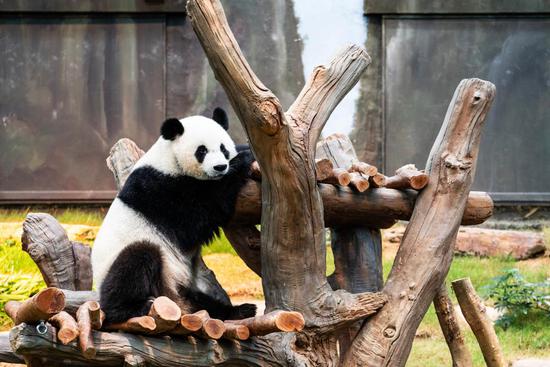After over 300 days of restoration and preservation work, the Yungang Grottoes’ Cave 6 and Cave 12 were officially reopened to the public on Monday, according to a statement published on the Yungang Grottoes official website.
Cave 6 of the Yungang Grottoes, closed since November of 2023, stands as the largest, most intricately designed, content-rich, and finely carved grotto of the entire Yungang complex. It is also one of the best-preserved among them. According to statistics, Cave 6 currently houses over 2,900 Buddhist statues, each exhibiting distinctly vivid forms, a fact that in time earned it the nickname of “Majestic Cave of Yungang,” according to Chinanews.com.
At the same time, Cave 12, which underwent digital preservation efforts following its closure in November, is renowned as a masterpiece of musical-themed carvings and is often referred to as the "Music Cave."
Meanwhile, Cave 5 was closed starting from Monday to facilitate investigation and conservation work. The specific reopening date will be determined based on the progress of the project, according to the statement.
Given its priceless patrimony consisting of 45 major caves and more than 51,000 stone Buddhist statues, the 1,500-year-old Yungang Grottoes in Datong, North China's Shanxi Province was listed as a UNESCO World Heritage Site in 2001.
Cave 6 is a central pillar cave, renowned for its opulent carvings and hailed as the "grand wonder of Yungang" — a miraculous achievement in the history of world sculpture art, according to the Yungang Grottoes website.
At the heart of the cave stands a central square pillar, rising in two tiers to a height of 15 meters. On the upper section of the cave's walls, 11 standing Buddhas are arranged in a grand procession, with intricate canopy designs overhead that exude a majestic aura. The ceiling features a grid pattern, with spaces between the grids depicting celestial deities adorned with multiple arms and heads, riding animals such as peacocks, lions, tigers, and long-tailed birds.
The cave also contains more than 30 carved panels depicting stories from the life of Shakyamuni Buddha. These panels vividly illustrate iconic moments in the Buddha's life, from his birth, growth, and marriage to his renunciation of worldly life and his teachings of the Dharma. These narrative carvings are notable for their balanced composition and unadorned style, holding exceptional historical and artistic value.


















































 京公网安备 11010202009201号
京公网安备 11010202009201号